Bipolar Disorder: An Update on Diagnosis, Etiology, and Treatment
- In the DSM-5, the diagnosis of mania or hypomania requires the presence of increase in energy or goal-directed activities compared with the habitual in the subject along with mood elevation. This change will contribute to increasing diagnostic reliability.
- In the DSM-5, the term mixed feature is a course specifier and can be applied to depressive, manic, and hypomanic episodes. Seasonal patterns can now be used for all types of mood episodes. These changes will lead to alterations in study designs and data analysis and potentially advance mental health research.
- There is increasing evidence of the thinning of cortical gray matter in the brains of patients with bipolar disorder when compared with healthy controls. The greatest deficits were found in parts of the brain that control inhibition and emotion, such as the frontal and temporal regions. This finding clarifies aspects of the mechanisms underlying the developments and maintenance of bipolar symptoms.
- Neuroimaging studies showed that lithium treatment was associated with reduced thinning of gray matter, which suggests a protective effect of this medication on the brain.
- Combining pharmacotherapy and psychotherapy can reduce the rate of recurrence mood episodes and medication adherence in bipolar patients. Electroconvulsive therapy is highly effective and can be beneficial in treatment-resistant patients.
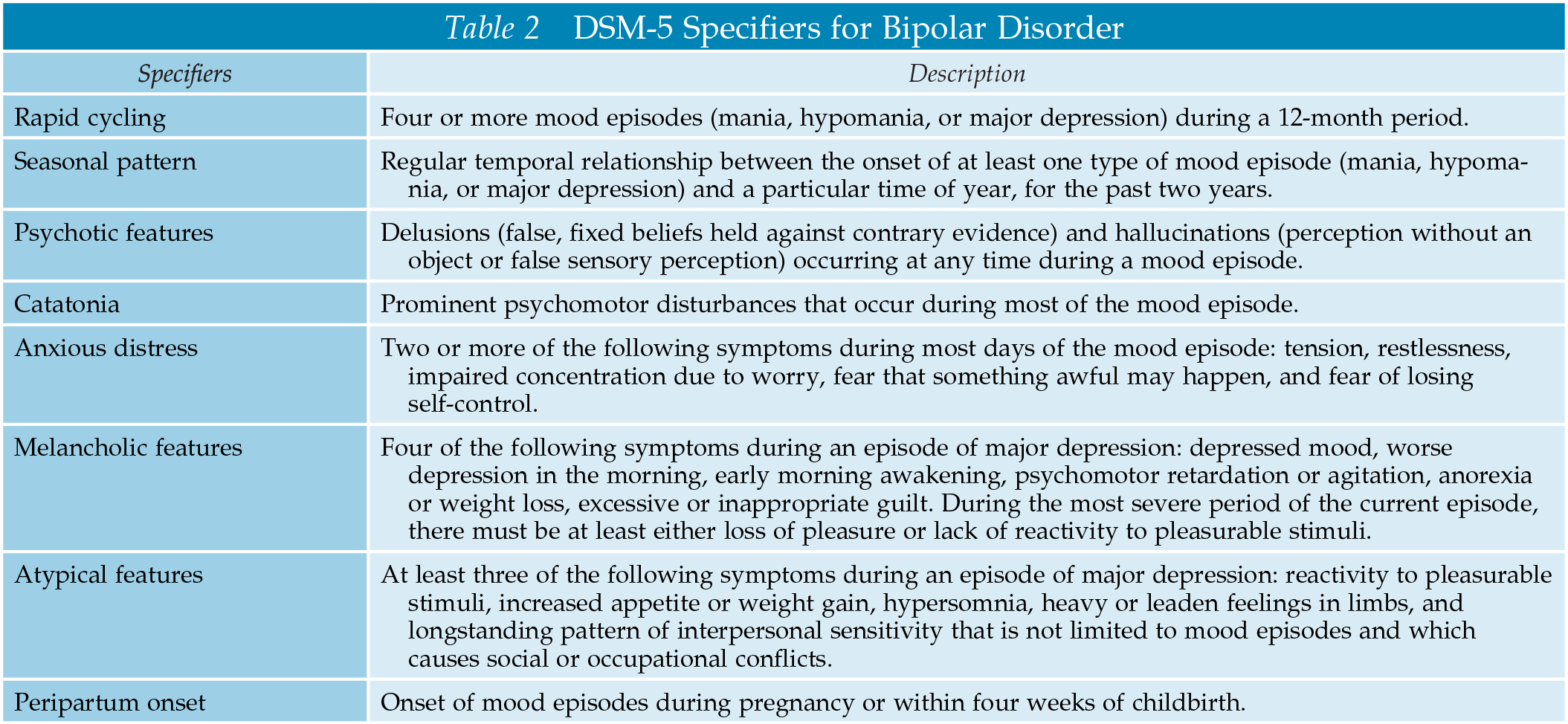
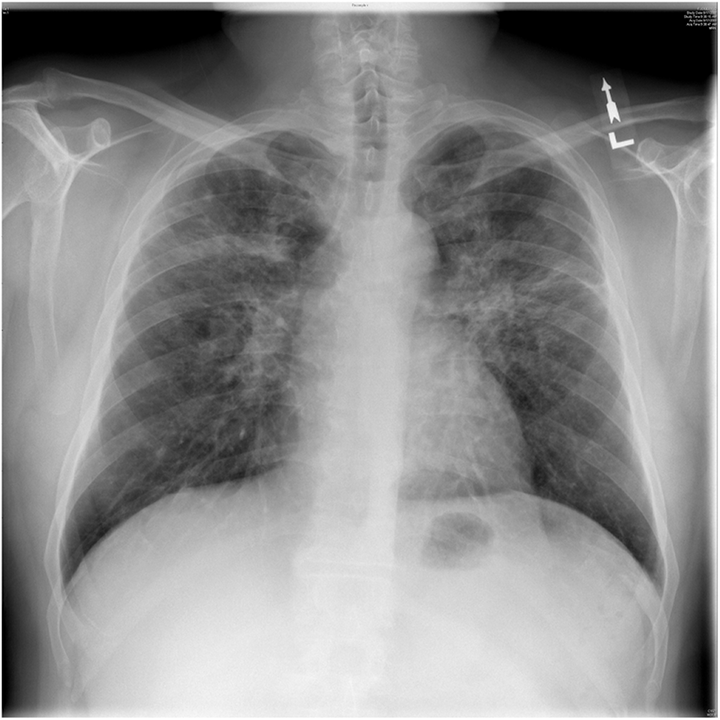
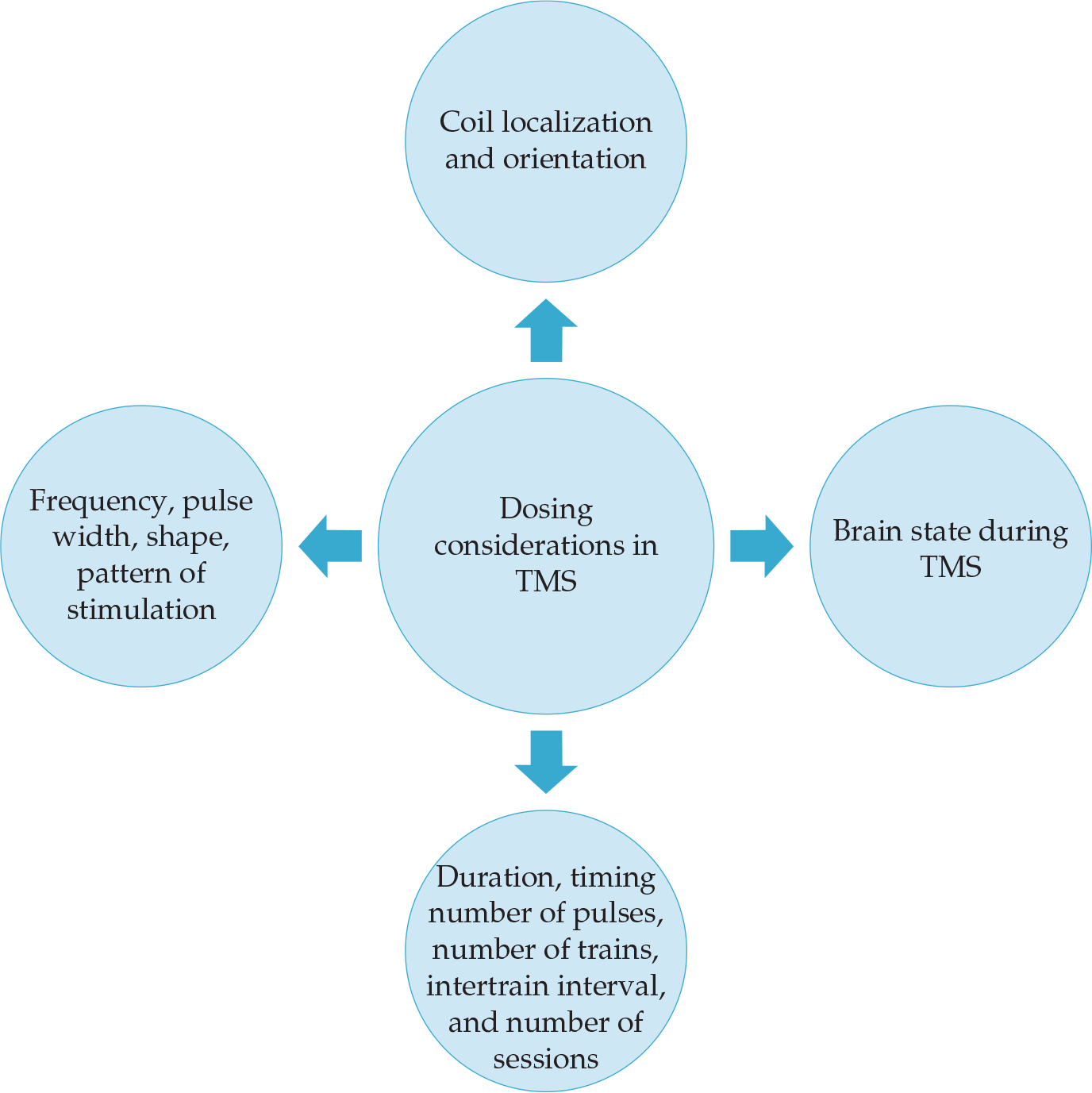
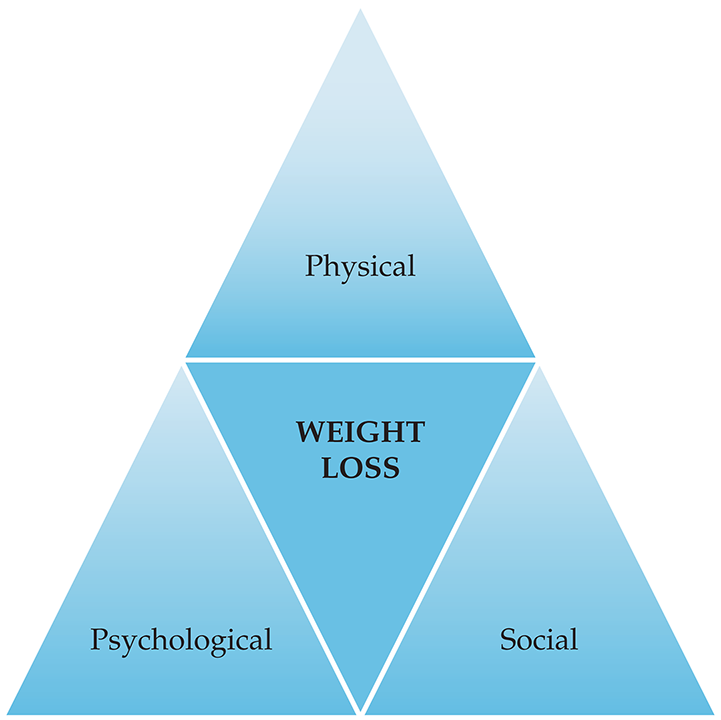
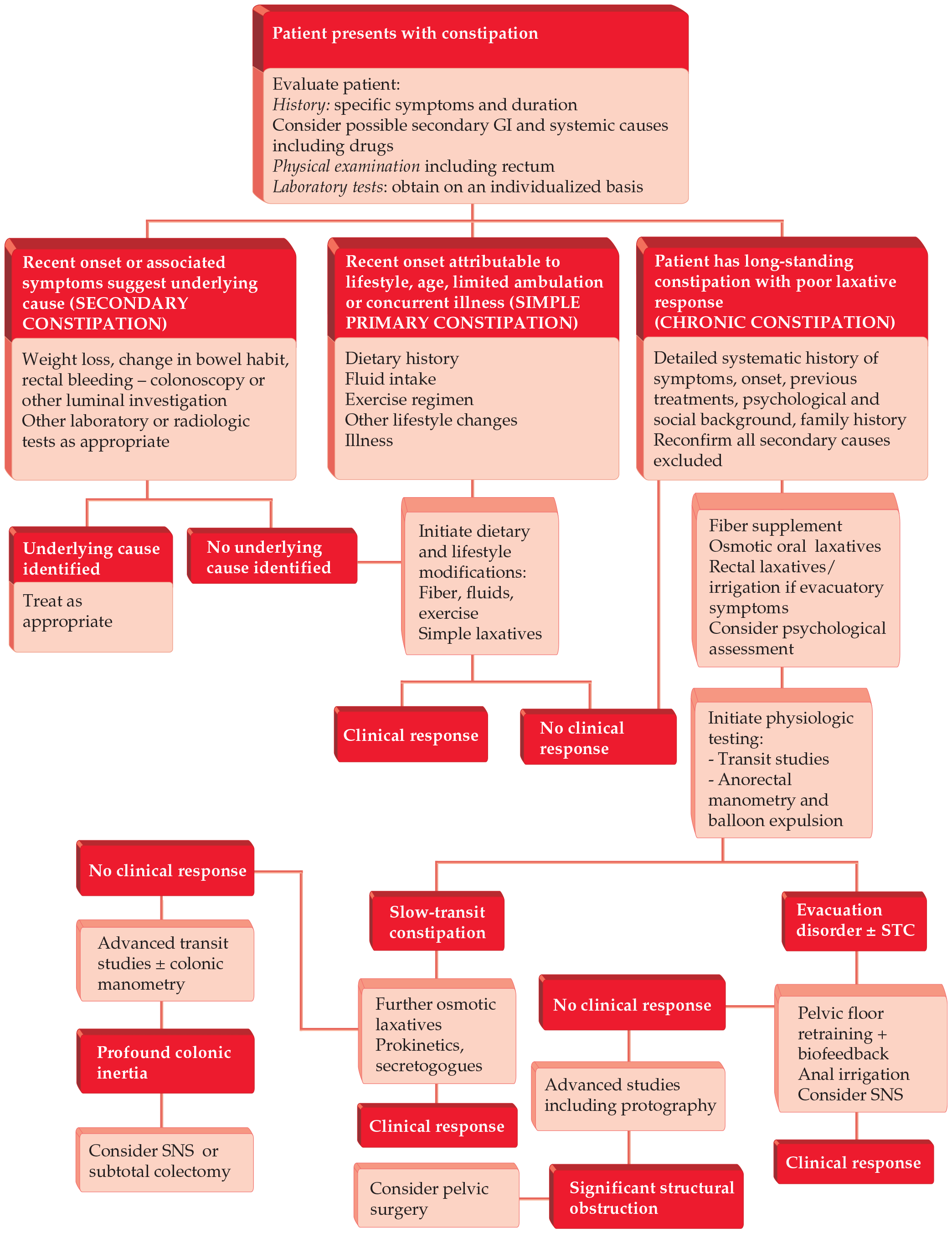
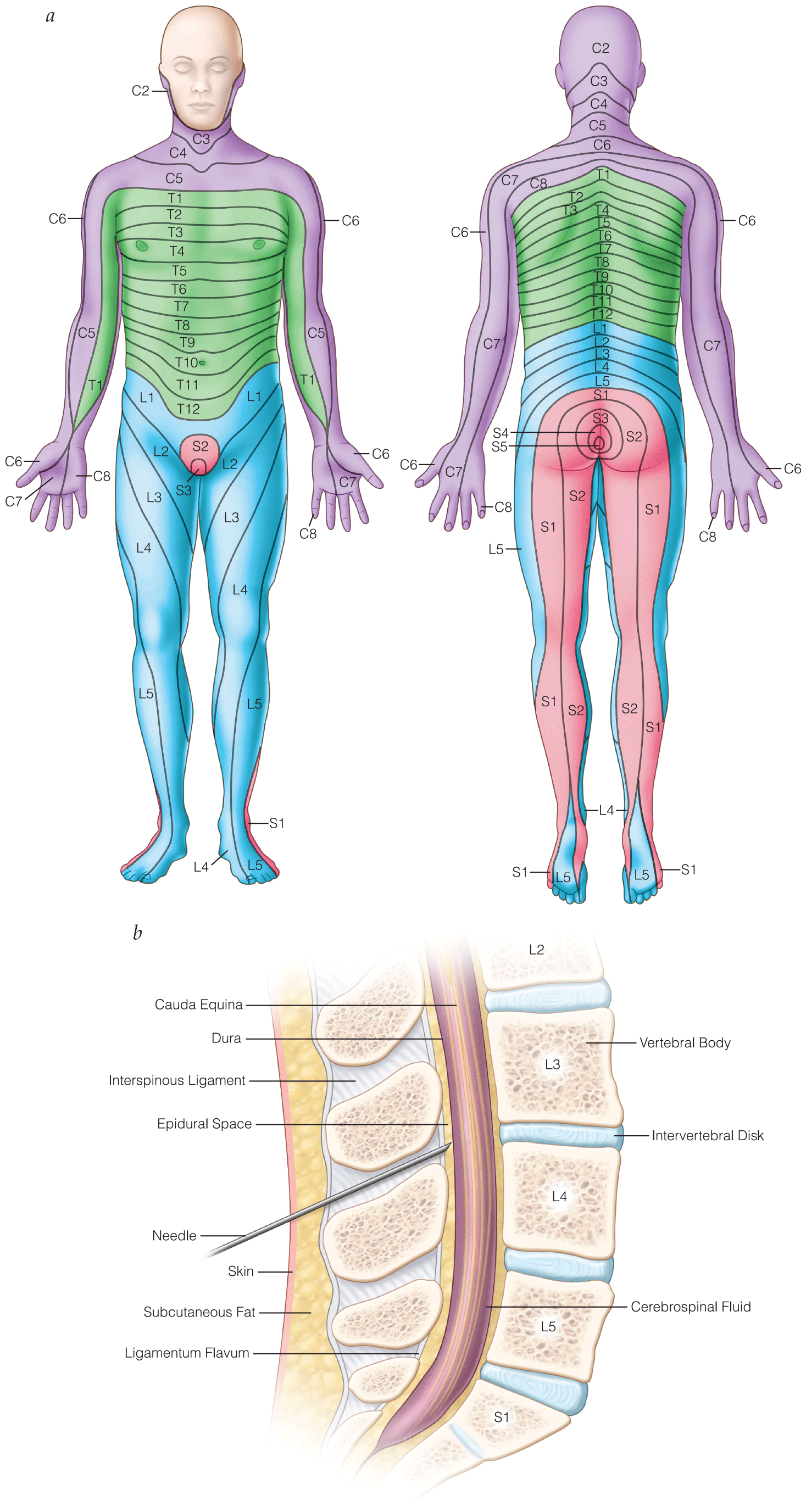
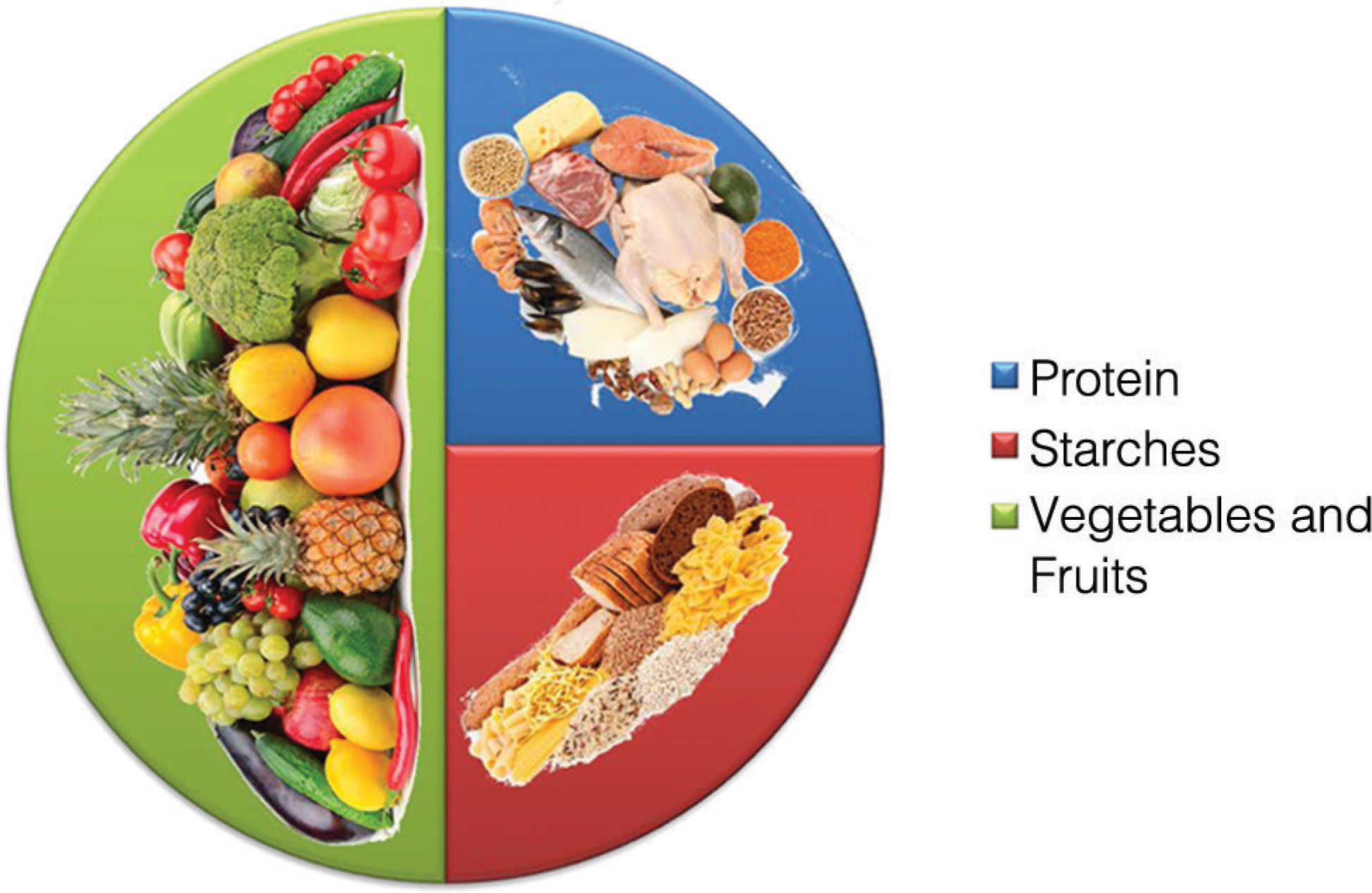


.png)







